
Projects in Focus - The Future of NSW Transport 2056

In our Projects in Focus series to date, we have looked at the exciting potential employment and career opportunities presented by some of Australia’s current large-scale infrastructure and construction projects and major initiatives have recently given the green light to proceed.
However, when we think about major planning and infrastructure initiatives, ambitious long-term thinking - up to 30-50 years into the future - is called for. We need to go well beyond 2020 and consider how urban and regional population growth, trends and the use of strategic assets will impact on big-picture thinking to meet Australia’s future needs.
The Future of Transport 2056
Take, for example, the NSW study, The Future of Transport 2056. This far-reaching study primarily sets out a vision for connecting people to jobs, goods, and services across our Greater Sydney cities and NSW regions.
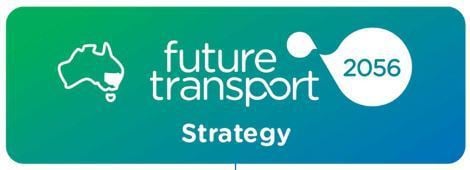
It builds on NSW’s 2012 State Infrastructure Strategy and Long Term Transport Masterplan, which responded to an era of reported under-investment and poor transport infrastructure, generating an unprecedented investment pipeline. More than 700 projects are linked to the 2012 Plan, including game-changing projects such as the Sydney Metro, Sydney CBD & South-East Light Rail, WestConnex, Newcastle Light Rail, and many more.
Regional road upgrades include the Hume, Pacific, Princes, Great Western and Newell highways. Some 485 projects have already been completed under the umbrella of the 2012 Masterplan, with 200 under construction and the remainder in the planning stage.
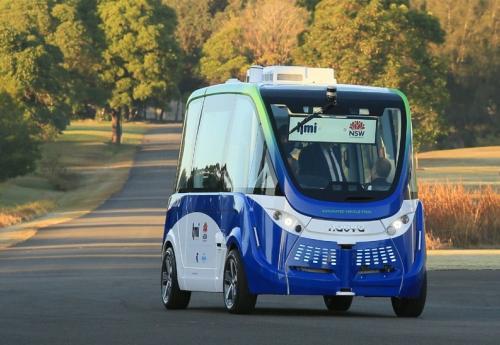
A state where people can access their nearest city centre in 30 minutes
The planning and investment vision for Greater Sydney’s future growth is as a metropolis of three cities to provide people with a ‘30 minute city’ where they can conveniently access jobs and services within half an hour by reliable public or active transport, 7 days a week.
With faster, reliable travel times to the closest city or nearest key centre, the metropolis of three cities will be:
- Eastern Harbour City – stretching from the Northern Beaches to Sutherland Shire
- Central River City – extending outward from Greater Parramatta to Blacktown, Norwest, Macquarie Park, Rhodes and towards Bankstown
- Western Parkland City – focused around the Western Sydney Airport-Badgerys Creek Aerotropolis and extending north to Greater Penrith, east to Liverpool and south to Campbelltown-Macarthur.
Regional cities will connect to outlying towns and centres in an enhanced ‘hub and spoke’ network model radiating out from regional cities, rather than a network focused on Sydney. With good access to air transport connections, this network will capitalise on the role that regional cities and centres play as hubs for employment, housing and important services such as retail, health, education, community and cultural activities.
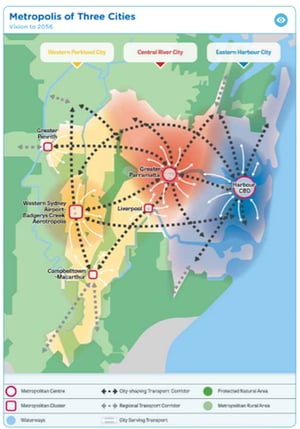
Future investment in regional NSW will provide businesses, manufacturers and producers with the opportunity to participate in the global economy by connecting them to national and international consumer markets. Towns and villages in rural communities will continue to attract Australian and international visitors, bringing job opportunities and economic benefits.
Out of the hundreds of projects in the 2056 Masterplan, which will be developed over the next 20-30 years, it is very difficult to anticipate which will create the biggest employment opportunities in our sector.
However, at CGC, the projects we’ll be watching with great interest include the new airport at Badgerys Creek, Sydney’s continued rail upgrades, the ongoing development of key transport hubs like Circular Quay and Central Railway Station; and the development of the ‘metropolis of three cities’.
There are also many exciting futuristic projects, that may change NSW’s infrastructure needs and require a set of new skill sets or different ways of thinking about and embracing new technology. Like, for example, the provision of more on-demand transport services, giving travellers greater flexibility. Or the further use of electric vehicles (EVs) and the introduction of connected and automated vehicles (CAVs), which are transforming transport systems around the world and bringing a smarter future for private, public, passenger and freight mobility.

Conclusion
At CGC Recruitment we’ll continue to monitor current and future opportunities for both clients and candidates, so we can continue to help with complex, large-scale development projects to achieve the best outcomes through recruiting outstanding professionals.
That includes continuing to work with some of Australia’s largest and most innovative construction, engineering and infrastructure brands through to specialist SMEs and consultants.
About CGC
CGC Recruitment is a specialist recruitment consultancy with offices in Sydney and Brisbane, focusing on the construction, infrastructure, engineering, and architecture sectors at all levels. As a leading industry specialist, we are small enough to be agile and flexible, yet large enough to deliver consistently for both our clients and candidates.
If you have an active role you’d like to discuss or just want to talk to a specialist consultant, please contact us. Alternatively, you can complete our online client form and a member of our team will contact you.
If you’re a candidate, simply register with us online to keep up with the latest opportunities.
Sources

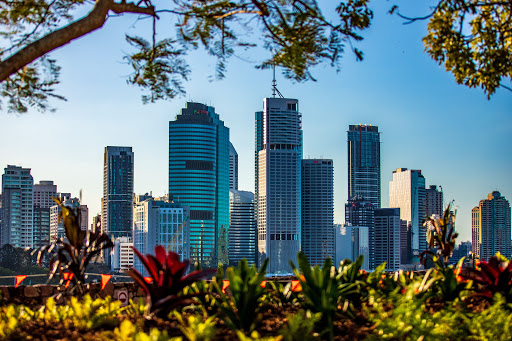
Projects In Focus: Salisbury Urban Renewal
As part of our series of features on major infrastructure projects which are changing the face of Queensland and NSW, this week we take a look at the regeneration of Salisbury, a precinct located a...
Read more

How to land a contract job in NSW Government
In this blog we share our insights on the process of getting a position with the NSW Government through CGC Recruitment on a contract basis.
Read more
Projects in Focus - Moreton Bay Island Terminal Upgrades
After lengthy discussions over recent years, Redland City Council has agreed to a deal that brings the long-awaited upgrade of Queensland’s Southern Moreton Bay Islands ferry terminals a step closer.
Read more
Projects in Focus - Queen's Wharf Brisbane
CGC Projects in Focus - Queen's Wharf, Brisbane
Read more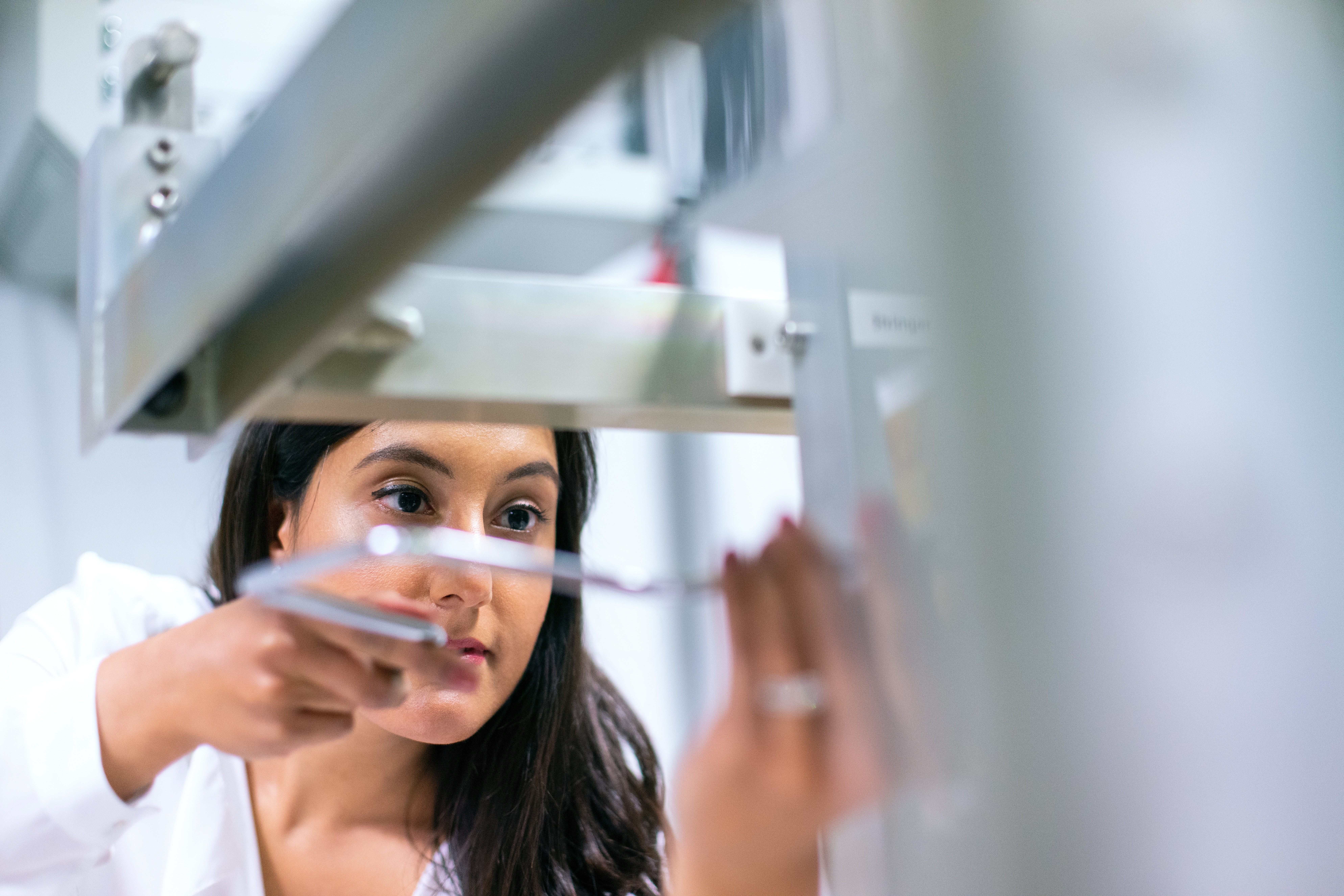
Case Study - Aniket - ENGINEER
The engineering sector Engineering is a broad and exciting field with a diverse range of career paths following graduation.
Read more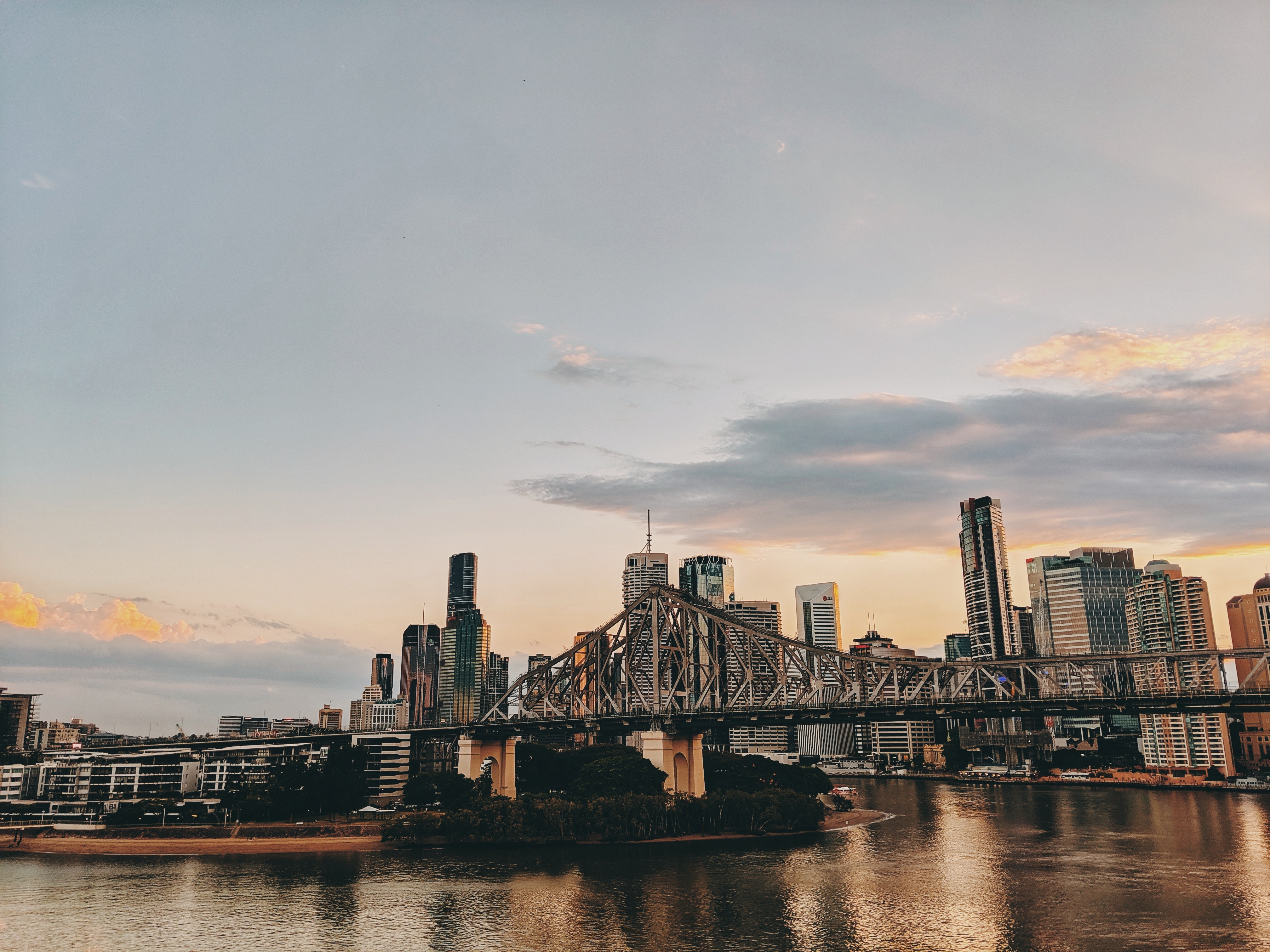
2021: A Year in Review - Brisbane
The year 2021 began with renewed hope for better times ahead - with the Australian economy stricken by Covid the previous year.
Read moreFebruary 2016 Newsletter
Want to work for a market leader in the construction and engineering recruitment sector?
Read more
